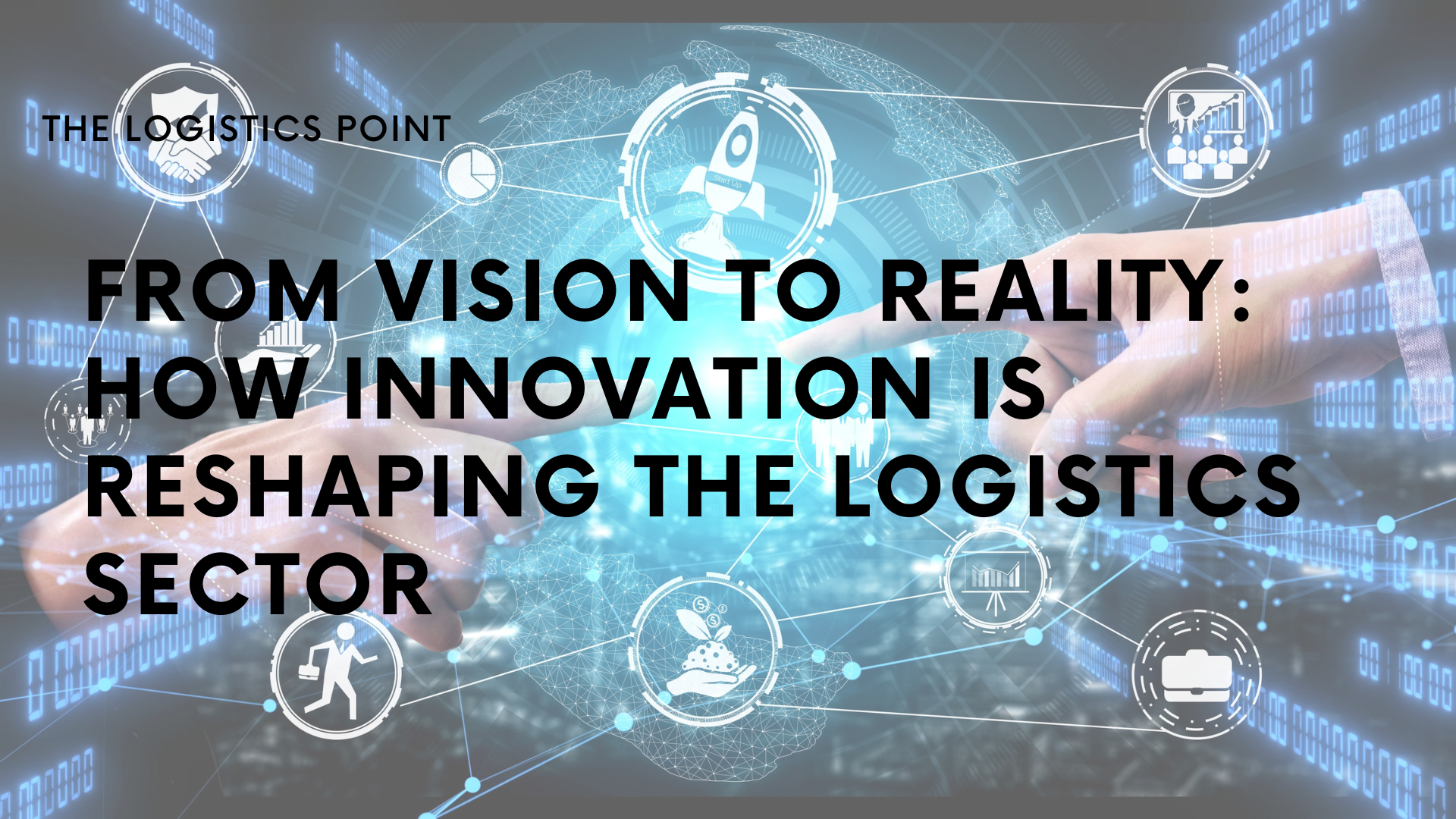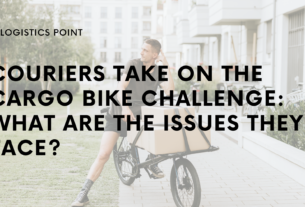The logistics and delivery sectors are undergoing a transformative phase, driven by the integration of innovative technologies. Innovation has become the foundation of improving processes, understanding customers’ behaviour patterns and ultimately winning contracts and creating growth opportunities. But how does the industry approach innovation?
‘The upcoming year will see the deployment of the Auto-Cargo, an autonomous electric vehicle that will transport cargo at our UK hub at East Midlands Airport. This innovative self-driving vehicle, accompanied by a driver during the initial phase, will carry cargo pallets and containers with a maximum load of 7.5 tonnes between the airport hub and aircraft,’ shares with The Logistics Point UPS, one of the world’s leading logistics companies.
This is an example of how innovation in logistics helps international corporations who aim to streamline their operations, dedicating more resources to their core strengths. Developing adaptable automation solutions that specifically target repetitive manual tasks will become pivotal for logistics firms in meeting evolving customer needs.
For instance, implementing a smart warehouse approach holds significant value, enhancing agility, productivity, and capacity while reducing reliance on human resources. Ultimately, this optimised model enables cost-efficient service for customers.
Automation & Controlling Costs
‘In order to increase work efficiency and time management, automation will play a crucial part in the growth of the logistics industry. This includes things like automated guided vehicles and innovations like driverless transport control systems (AGVs) and drones,’ tells us Lucie Hyde, Managing Director at LNH Transport. Top of the range vehicles will also play a crucial role in the future of logistics.
An interesting example of innovative approaches in logistics is the use of 3D-printed parts. For low volume orders 3D printing allows for fast ordering and delivery to customers, improving lead times and customer satisfaction. Another example is the sustainable and environmentally friendly transport of cargo by e-Trucks.
Lastly, the whole field of autonomous vehicles clearly has the potential to revolutionise the logistics industry. Not only because it will cut costs, but also because it has the potential to increase reliability in terms of deliveries to the right place at the right time. This field includes the development of autonomous delivery drones.
‘We are currently running a pilot project in a rural area in Germany to improve local supply in remote villages through the delivery of everyday goods by our drones. The first results are really promising,’ explains Oliver Krockenberger COO at Wingcopter.
Smart Labels
A promising advancement in this space is the development of Smart Labels. ‘These labels are poised to redefine how we perceive tracking and monitoring in the logistics industry,’ believes Sam Colley, CEO, Pod Group.
Historically, tracking small and lightweight items was a challenge due to the bulkiness of traditional tracking devices. However, the new generation of Smart Labels with their ultra-slim profile, has been designed to be as unobtrusive as possible, allowing for the tracking of items as varied as an envelope containing crucial documents to a full-sized artwork.
This versatility is a testament to the potential of these labels in ensuring that goods, irrespective of their size or weight, can be monitored with precision.
Price of innovation & ROI
It is difficult to put a precise price tag on innovation because various factors need to be considered, including initial investment and ongoing costs. Therefore, we should rather ask for the benefits of innovation than for today’s price or cost. We should investigate how the expense can be compensated for in future projects and applications and how competitiveness can be increased.
In general, benefits of innovation can materialise as
- Reduced costs and increased revenues from improved efficiency and productivity
- Enhanced customer loyalty and retention from improved service quality and speed of delivery
- Increased market share and competitiveness from differentiated and value-added offerings
- Improved social and environmental impact from reduced emissions and waste
All these can be accompanied by specific key performance indicators (KPIs) that track operational and financial metrics, such as delivery time, accuracy, cost, and profit.
Benchmarking studies that compare the innovation performance and practices of different logistics organisations show how individual companies perform with regards to innovation and motivate them to continue or increase their innovation efforts.



